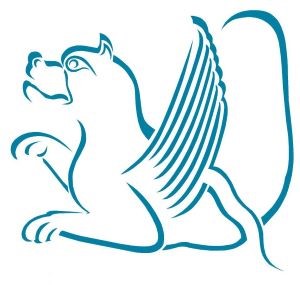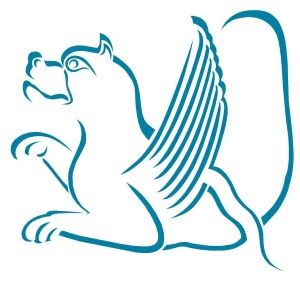
" adventurous " past of the Armenians in Anatolia, their relationship with the French, the massacres they committed in Adana and its surroundings. In conducting the research, advantage was taken of all available means including documents in the archives, relevant sources and eye-witnesses' testimony.
The study consists of four main parts. The subject is introduced with an analysis of the origin of the Armenians and the concept of Armenia and the dimensions of other nations' policies regarding the Armenians were determined.
In the first part, the beginning of organized Armenian rebellions, including the events which occurred in Adana, have been listed.
In the second part, attention has been focused on the riots and massacres which the Armenians committed during World War I to waste (lie time of Ottoman army and on their emigration.
In the third part, the historical interests of the expansionist powers in Adana and its environs have been examined. French - Armenian relations are touched upon, and the wilderness committed by the Armenians in the course of the years of occupation have been set forth.
In the fourth part, the national resistance movement initiated by the Turks to free the country's territory from enemy occupation and enemy, oppression is taken up as well as the part played by the government of the Turkish Grand National Assembly in the struggle in the region, and, as a result of this, the liberation of the Adana region.
While examining the subject as objectively as possible, we have used the available scientific data to bring to light the issues which are currently being exploited. (From Preface)
" adventurous " past of the Armenians in Anatolia, their relationship with the French, the massacres they committed in Adana and its surroundings. In conducting the research, advantage was taken of all available means including documents in the archives, relevant sources and eye-witnesses' testimony.
The study consists of four main parts. The subject is introduced with an analysis of the origin of the Armenians and the concept of Armenia and the dimensions of other nations' policies regarding the Armenians were determined.
In the first part, the beginning of organized Armenian rebellions, including the events which occurred in Adana, have been listed.
In the second part, attention has been focused on the riots and massacres which the Armenians committed during World War I to waste (lie time of Ottoman army and on their emigration.
In the third part, the historical interests of the expansionist powers in Adana and its environs have been examined. French - Armenian relations are touched upon, and the wilderness committed by the Armenians in the course of the years of occupation have been set forth.
In the fourth part, the national resistance movement initiated by the Turks to free the country's territory from enemy occupation and enemy, oppression is taken up as well as the part played by the government of the Turkish Grand National Assembly in the struggle in the region, and, as a result of this, the liberation of the Adana region.
While examining the subject as objectively as possible, we have used the available scientific data to bring to light the issues which are currently being exploited. (From Preface)

















